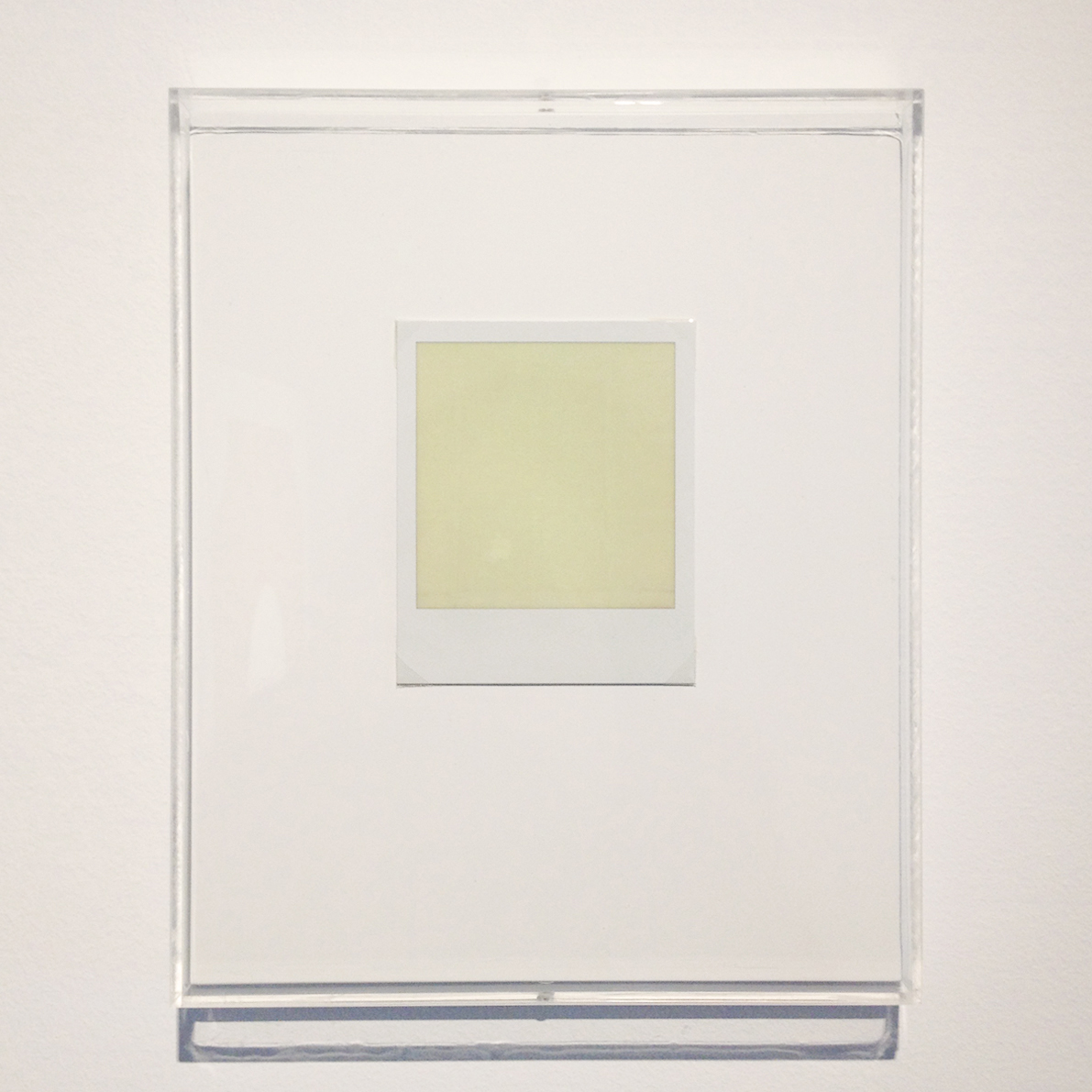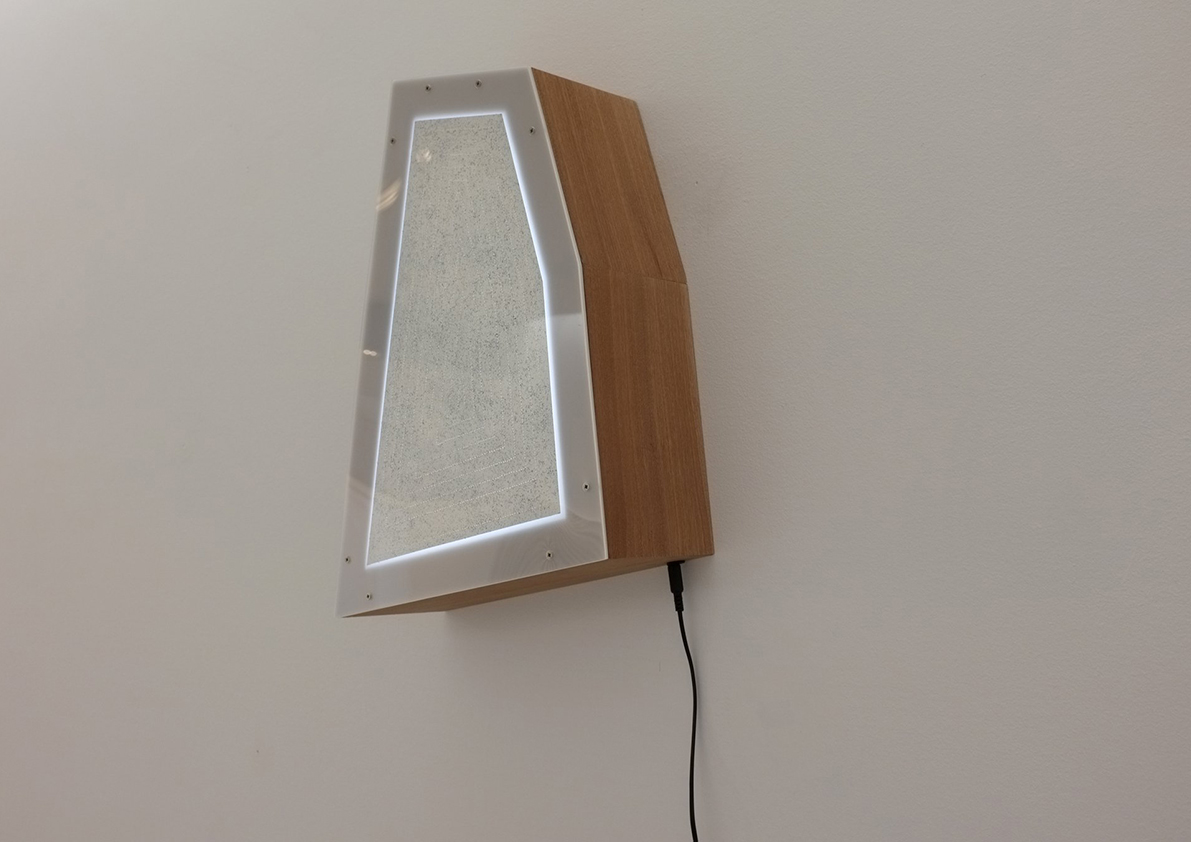MANO-A-MANO [2019]
ÁGUAS-LIVRES 8 [Lisboa, Portugal]
Curated by Jorge André Catarino
ANA VELEZ - JOANA GOMES - MARIA SASSETTI - XANA SOUSA
Mano-a-mano is an expression that designates a melee combat, where opponents face each other using their own hands.
The History of Art tends towards war-like analogies. The word chosen to describe the set of processes through which art has freed itself from external constraints and internal conventions is a war-like term, "avant-garde". The gestural action is subjective, ambiguous, emotional, imperfect, inaccurate, irregular and impure. As it compromises the autonomy and self-sufficiency of the artistic object, the craft is eliminated. Art dehumanizes itself. Its perfect shape, geometric and enclosed on itself, the square becomes the emblem of Abstraction. In 1918, Malevich painted a white square on a white background. In the future, the white cube completes the process of self-reliance and self-referentiality as the work of art. The work of art is not only autonomous, but also conceives an autonomous space to present itself, separated from any worldly influence that compromises its purity. A white square on a white background in a white cube.
As there are four artists, I imagined a square, each artist occupying one of the four corners of the square. Like the white square and the white cube, a ring also acts as a square (and often white), physically and symbolically delimited, with rules only valid on the inner perimeter circumscribed by the square. With one difference: in the square of the box ring the hands are dirty.
The title of the exhibition plays upon the ambivalence of the expression mano-a-mano , its sense of combat and its literal reference to the direct action of manuality. This aspect introduces us to the practice of the four artists. Different nonetheless, the works of Joana Gomes, Maria Sassetti, Xana Sousa and Ana Velez are confronted with a practice of painting within an extended field. It is possible to locate in their works elements of the formal repertoire of Abstraction, which serves to autonomize and specify the pictorial medium, purifying it with grid and monochrome, shaped canvas, repetition and serial progression. In this quadrature of artists, however, the investigation into the conventional limits of painting, as well as its objectual status, is done through the deliberate search for impurity.
From the official vocabulary of Abstraction, Joana Gomes, Maria Sassetti, Xana Sousa and Ana Velez develop a practice deeply linked to manuality, by a mixture of processes, unconventional techniques and materials without previous existence, resulting in textured, humanised and impure abstraction.
Jorge André Catarino
































